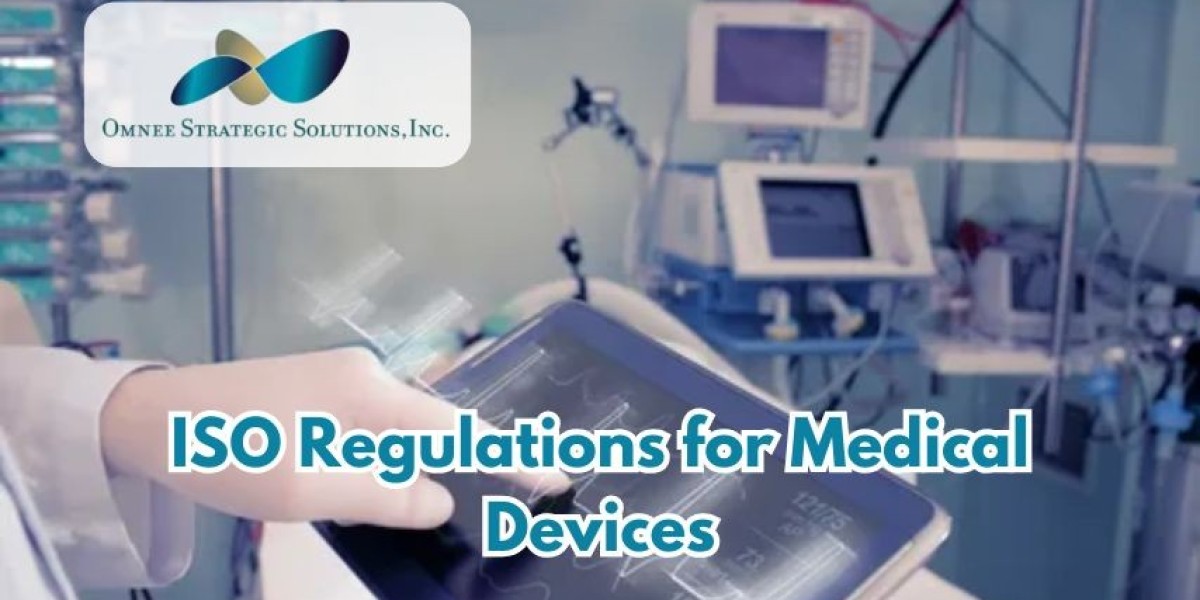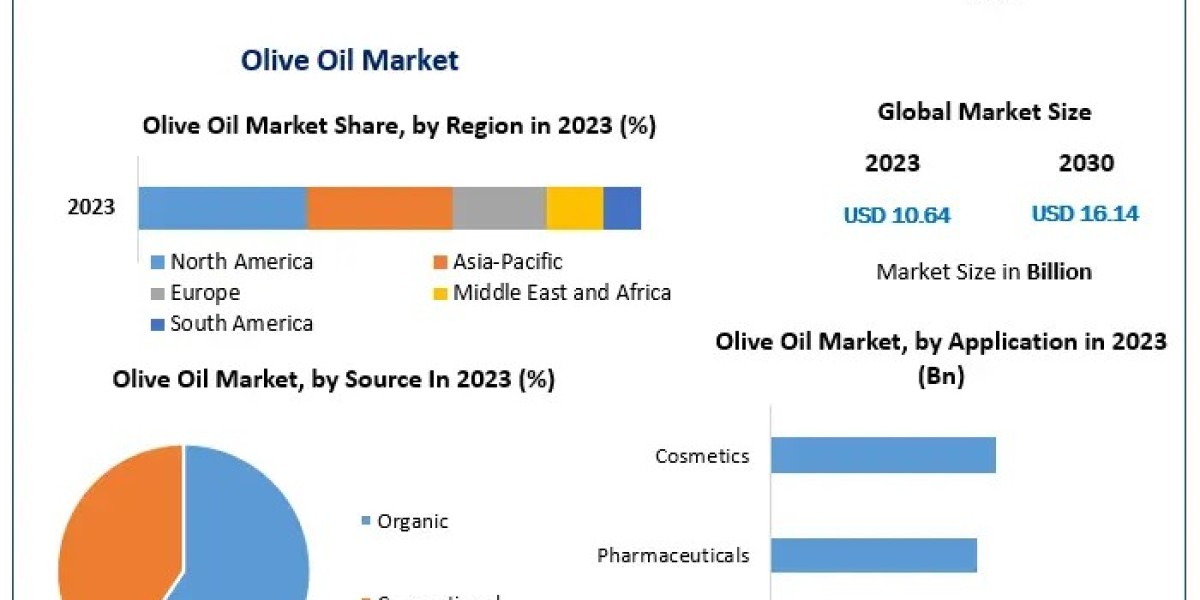In the rapidly evolving healthcare sector, medical devices play a critical role in patient care, diagnosis, and treatment. The safety, effectiveness, and reliability of these devices are paramount, and that’s where international standards, specifically ISO Regulations for Medical Devices, come into play. These standards ensure a consistent approach to quality management systems (QMS) and compliance across the medical device industry.
In this blog, we'll explore how ISO regulations, particularly ISO 13485, influence the future of medical device quality management, ensuring that devices meet stringent safety and performance standards. We will also highlight the role of organizations such as Omnee Strategic Solutions, which help companies navigate these complex regulations.
What are ISO Regulations for Medical Devices?
The ISO regulations for medical devices are internationally recognized standards designed to ensure the quality, safety, and effectiveness of medical devices. The most relevant ISO standard in this domain is ISO 13485, which provides a framework for manufacturers to design and implement a comprehensive quality management system (QMS).
ISO 13485 is based on the principles of ISO 9001, but with additional requirements specific to medical devices. It focuses on risk management, traceability, and meeting regulatory requirements across different markets. Compliance with this standard is essential for medical device companies looking to sell their products globally.
Key Aspects of ISO 13485
Risk Management: ISO 13485 places significant emphasis on risk management throughout the lifecycle of a medical device. This includes identifying potential risks during the design, development, manufacturing, and post-market phases to ensure the device's safety and performance.
Document Control and Traceability: The standard mandates stringent documentation and traceability requirements to ensure that every product can be traced back to its components and materials, enabling quick identification and mitigation of issues.
Regulatory Compliance: ISO 13485 helps medical device companies meet various regulatory requirements, such as the FDA’s 21 CFR Part 820 (for the U.S.) and the Medical Device Regulation (MDR) in Europe.
Why ISO Regulations Matter in Medical Device Quality Management
The medical device industry is heavily regulated due to the critical role these devices play in patient safety. ISO regulations, particularly ISO 13485, ensure that manufacturers adhere to best practices and can demonstrate compliance with both international standards and local regulatory bodies.
For manufacturers, achieving ISO 13485 certification is not only about meeting compliance—it’s about improving operational efficiency, reducing risks, and gaining trust in the marketplace. Let’s examine how ISO regulations are shaping the future of medical device quality management.
The Role of ISO Regulations in Shaping Future Quality Management
As technology advances and healthcare demands evolve, the role of ISO regulations becomes even more critical. Here are several ways in which these regulations shape the future of medical device quality management.
1. Enhanced Focus on Risk Management
Risk management is a core aspect of ISO 13485, and its importance will only grow in the future. Medical devices are becoming increasingly complex, often incorporating cutting-edge technologies such as artificial intelligence (AI) and Internet of Things (IoT) capabilities. These advancements introduce new risks that must be carefully managed.
ISO regulations will continue to evolve to address these risks, ensuring that manufacturers have robust systems in place to identify, assess, and mitigate potential issues throughout a device’s lifecycle. This focus on proactive risk management helps ensure that medical devices remain safe and effective in an increasingly complex technological landscape.
2. Global Regulatory Alignment
One of the key benefits of ISO 13485 is its ability to harmonize quality management practices across different markets. Medical device companies that achieve ISO certification can more easily enter global markets by demonstrating compliance with multiple regulatory requirements.
As international trade continues to grow and medical devices become more widely distributed, ISO regulations will play a vital role in ensuring consistent quality across borders. This global alignment will reduce regulatory barriers, promote innovation, and ensure that patients worldwide receive high-quality, safe medical devices.
3. Continuous Improvement and Innovation
ISO 13485 emphasizes the importance of continuous improvement, encouraging manufacturers to regularly assess their processes and make adjustments to enhance quality and efficiency. This culture of continuous improvement is essential in an industry that is constantly evolving.
As new technologies and materials are developed, ISO regulations will provide a framework for incorporating these innovations while maintaining rigorous quality standards. This ensures that medical device manufacturers can innovate without compromising safety or effectiveness.
4. Data Security and Cybersecurity
With the rise of digital health technologies and connected medical devices, cybersecurity is becoming a critical concern for manufacturers. ISO regulations will likely evolve to include more specific requirements for data security, ensuring that devices are protected from cyber threats that could compromise patient safety.
Manufacturers will need to implement robust data protection measures, including encryption, access controls, and regular security assessments, to comply with future iterations of ISO regulations. This will help safeguard patient data and prevent potential disruptions to device functionality caused by cyberattacks.
5. Integration with Other Regulatory Requirements
ISO 13485 is increasingly being recognized as a foundational standard that aligns with other regulatory frameworks. In the future, we can expect greater integration between ISO regulations and country-specific requirements, such as the U.S. FDA’s QSR and Europe’s MDR.
This integration will streamline compliance efforts for manufacturers, enabling them to develop a single quality management system that meets multiple regulatory requirements. This will reduce the administrative burden and allow companies to focus on innovation and product development.
The Role of Omnee Strategic Solutions
Navigating the complexities of ISO regulations and other quality management requirements can be challenging for medical device manufacturers. This is where organizations like Omnee Strategic Solutions come into play. They offer strategic guidance and support, helping companies implement effective QMS that comply with ISO standards and other regulatory requirements.
Omnee Strategic Solutions specializes in providing tailored solutions for medical device companies, ensuring they meet the stringent requirements of ISO 13485 while also enhancing operational efficiency. Their expertise in regulatory compliance and quality management systems makes them an invaluable partner for businesses looking to succeed in the competitive medical device industry.
Conclusion
As the medical device industry continues to evolve, the importance of ISO regulations for medical devices will only increase. These standards provide a framework for ensuring the safety, quality, and effectiveness of medical devices, helping manufacturers meet regulatory requirements and gain trust in global markets.
The future of medical device quality management will be shaped by advancements in technology, increased focus on risk management, and growing global regulatory alignment. With the support of organizations like Omnee Strategic Solutions, medical device companies can navigate these changes and continue to deliver high-quality products that improve patient outcomes.









